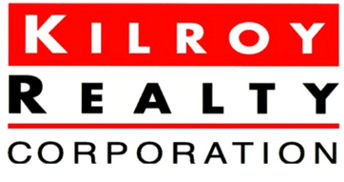Office Space Survey
Tenants Still Find Value
The findings of the first BOMA International COVID-19 Commercial Real Estate Impact Study reveal that the death of the office is greatly exaggerated. While many tenants are reassessing the use and the size of their physical offices, a strong majority (74%) see their in-person office space as vital to conducting successful business. The nationwide survey […]






